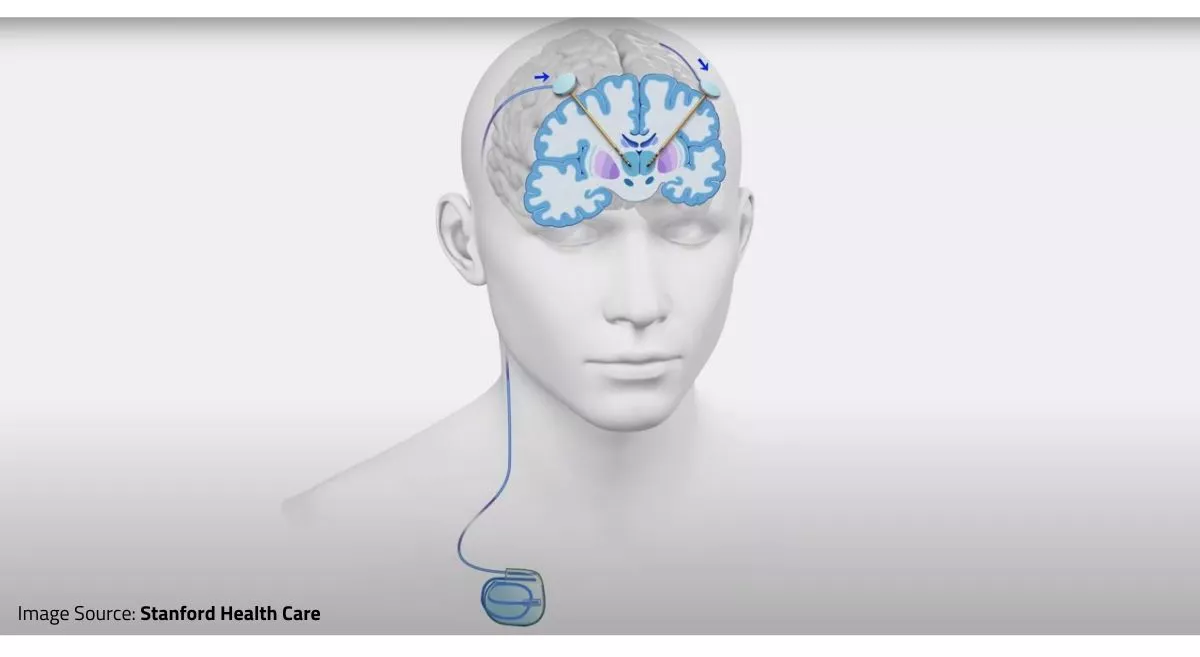Sleep is not well understood, while it is necessary for human survival – providing rest and recovery, improving cognition and neural working, and strengthening immune function.
Sleep is the primary activity of the brain during an early stage. It is roughly estimated that a child spends 55 to 60%, 50%, and 40% of their average day in sleep till 2 years, toddler and childhood/adolescence.
Primary sleep disorders like obstructive sleep apnoea, restless leg syndrome, narcolepsy, etc. in children is mainly due to poor sleep health. It has been hijacked by chronic sleep deficiency and, particularly adolescents, a growing number of children suffer from chronic sleep deficiency, a condition of insufficient or mistimed sleep, independent of a primary sleep disorder otherwise called sleep debt.
Many features of how we live today are known to interfere in children's sleep:
Blue light emitted by smartphones and tablets is known to decrease the natural production of melatonin, which induces sleep.
Households, where both parents work in the evenings, maybe more busy, later pushing bedtime.
Fizzy drinks that are high in sugar and caffeine have made it tougher for children to switch off at night.
To know the importance of sleep, seek medical help from the Best Pediatric hospital in Bangalore.
Sleep is Exquisitely Organized and Controlled
Sleep in its organization is remarkably consistent night after night. Each night consists of repeated, complex, active physiological processes which confirm that sleep is not a biologically inactive time interspersed between wakefulness periods. Human sleep consists of two distinct states: non-rapid eye movement (NREM) and rapid eye movement (REM), each with unique features and actively monitored by distinct neural centers. A typical night includes 4 to 6 repeated cycles of NREM and REM, each lasting nearly 90 to 110 minutes.
NREM sleep is divided into 3 phases (N1, N2, N3) after about 6 months of age, identified by increasingly more synchronous cortical neuronal activity, healthy autonomic control, and increased thresholds of excitement. In contrast, during REM sleep, the electroencephalogram ( EEG) displays low-voltage, mixed-frequency brain wave activity, more alike to the EEG of relaxed wakefulness than the more synchronous NREM EEG.
Certain characteristics of REM sleep involve frequent bursts of rapid eye movements (hence the term REM), variable autonomic function, and atonia of skeletal muscles. "Deep" sleep (N3) is considered "restorative" in that it is associated with pronounced reductions in sympathetic activity resulting in decreased heart rate and blood pressure and steady respiration. Low levels of N3 are related to increased cardiovascular disease risk.
Sleep is Essential for Survival
The final result of prolonged sleep deprivation in animals is death. Sleep-deprived Rats die within 2 to 3 weeks. Murine models (e.g., mice and rats) have revealed the adverse effects of excessive sleep deprivation on many systems with significant endocrine, metabolic and immune function changes.
There is a progressive increase in energy consumption in rats during the early phase of prolonged sleep deprivation, manifested by weight loss despite increased food intake, drop in thyroid hormones, and increased plasma norepinephrine in response to metabolic demands, and decreased resistance to opportunistic infection as host defense breaks down.
Following an increase in body temperature in the first few days of prolonged sleep deprivation, hypothermia and an increasingly debilitated state mark the last few days of survival. Recent research shows that repeated sleep restriction exposure has lasting physiological effects even after substantial time is required for recovery.
Although experimental studies of extended sleep deprivation can not be performed in humans, that evidence over the past few decades indicates that higher mortality is associated with a typically shorter or longer sleep period. The processes underlying such correlations are not thoroughly understood. Potential adverse physiological effects of short term sleep may contribute to negative health issues such as cardiovascular disease, metabolic disorders, neurocognitive and obesity, all of which are linked with increased mortality risk.
The Consequences of OSA / Sleep Deprivation in Children and Adolescents.
Table 1 lists many of the significant effects of untreated pediatric OSA. These are classified as being neurobehavioral, metabolic, and cardiovascular consequences.
Table 1: Sequelae of Obstructive Sleep Apnoea in Paediatrics
Neurocognitive
Hyperactivity
Moodiness
Metabolic
Elevated Creactive protein
Insulin resistance
Hypercholesterolemia
Elevated transaminases
Decreased insulin-like growth factor
Decreased or altered growth hormone secretion
Increased leptin
Cardiovascular
Autonomic dysfunction
Systemic hypertension
Absent blood pressure "dipping" during sleep
Left ventricular dysfunction
Pulmonary hypertension
Abnormal heart rate variability
Elevated vascular endothelial growth factor
Conclusion
Sleep deficiency is defined as a state of poor or mistimed sleep, unrelated to a primary sleep disorder, linked to biological, lifestyle, social, and environmental factors are a growing and underappreciated determinant of health status.
The implications for society are immense, including the risk of illness and death, mortality, and elevated direct medical costs and indirect costs associated with job absenteeism and harm to properties.
Although primary sleep disorders (i.e. obstructive sleep apnea, restless leg syndrome, and narcolepsy) require the medical community's attention to a large extent. Sleep deficiency provides an opportunity for individuals, organizations , and societies to encourage good health by addressing the factors that contribute to short sleep and circadian disruption.
If you have frequent sleeping problems, then get the Best Sleep Disorder Treatment In Bangalore at Aster CMI Hospital.








